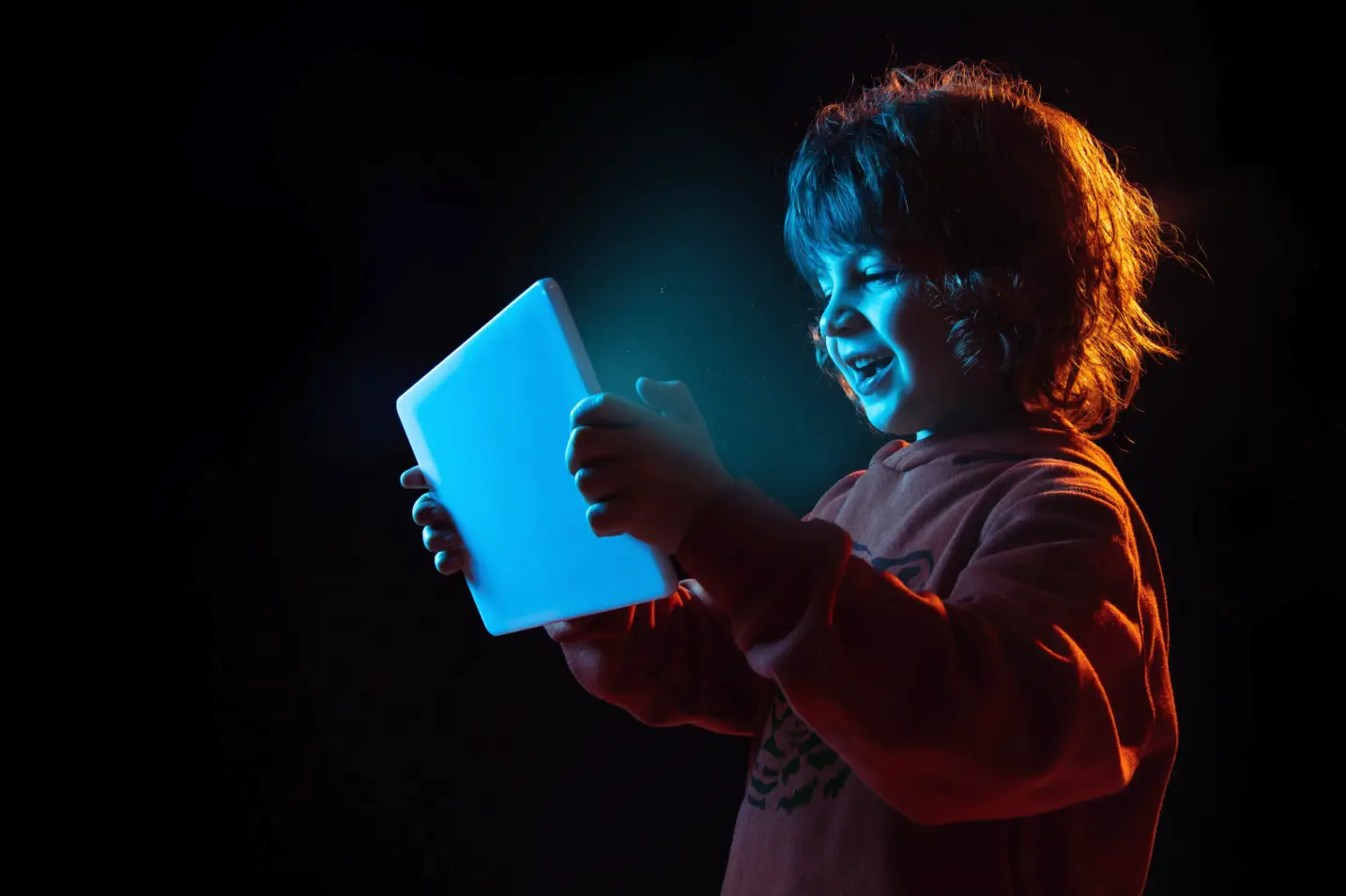In the world of adults, we often say one thing and do another. In the digital realm, that contradiction is particularly stark. While we claim that a responsible age to give a child a cellphone is around 13, in practice, many children receive their first personal device before the age of 10, revealing a nearly four-year gap between what we say and what actually happens. And that moment matters: once a child gets a phone, their daily internet use doubles. Entry into the digital world isn’t gradual—it’s abrupt, disruptive and, in many cases, solitary.
This phenomenon reflects deeper tensions. As adults, we often hand over devices out of convenience, safety concerns, or fear that our children will be left behind socially or technologically. But we often do so without real guidance, in contexts where access is increasing while adult mediation lags behind. Studies highlight a paradox: we are hyperconnected—averaging almost nine hours online per day (three of them on social media, according to the Digital Report)—yet increasingly disconnected from shared time. Nearly half of parents admit to getting distracted by their phones while spending time with their children, according to a recent Voices! survey.
The result is a generation of children navigating a complex digital world with few available role models. Technology isn’t the enemy, but it is an environment that demands skills, judgment and adult support. Today’s children and adolescents are intensive tech users and often perceive themselves as highly capable. But knowing how to use a device doesn’t mean knowing how to interpret, reflect, or protect oneself. And that’s the critical point: high technical skills often coexist with low levels of critical thinking.
This gap between use and understanding carries consequences. Problematic screen use is no longer a hypothesis, it’s a visible reality. Sleep deprivation, physical issues like headaches and eye strain and mental health conditions such as attention loss, anxiety and even depression. These trends are global but more pronounced in Argentina and other Latin American countries. Half of all parents say they’re concerned about their children’s mental health and many fear their kids won’t feel safe enough to talk about what’s going on.
Teenagers themselves are clear about it. In UNICEF’s U-Report, they identify discrimination, bullying and especially cyberbullying as the main threats to their mental health. Far from being minor concerns, digital risks are real, frequent and well-known to children and teens. Exposure to inappropriate content, contact with strangers, online abuse and digital gambling are all part of the online landscape they navigate—often without guidance.
These tensions are also present in the school environment. Teachers and families agree that cellphones in the classroom affect attention, academic performance and social interactions. In response, some schools in various countries have started to limit phone use during class.
And this is where a crucial element comes in: adult mediation. Teaching kids to use the internet responsibly isn’t just about setting rules or using filters. It’s, above all, about being present. About talking. Being available. Studies show that more active mediation—talking, explaining, engaging—reduces risk exposure. It’s not enough for children to know how to use technology; they need to learn how to understand it, question it, build with it and protect themselves in it.
The deeper issue is that adults haven’t fully developed those skills either. Our own usage is often driven by immediacy, escapism and lack of reflection. How can we teach responsible use if we don’t examine our own habits? How can we encourage digital rest if we can’t look away from our own screens?
Digital coexistence requires care. But that care doesn’t come from an app or a privacy policy. It comes from conversation. From timely questions. From genuine listening. From a watchful eye. Ultimately, it comes from presence.
This isn’t about demonizing technology. It can improve quality of life, expand opportunities and shorten distances. But its impact is not neutral. And in childhood, that impact is amplified. What we do—or fail to do—as adults today will shape how our children experience the digital world tomorrow.
This conversation can’t be limited to regulations or parental controls. We need to build a new shared digital culture. One that doesn’t leave children to face it alone. One in which technical ability is paired with ethical and emotional awareness. And above all, one in which adults reclaim their role—not as censors, but as guides.
In the end, the real question isn’t just what technology our children are using. The question is: who’s with them while they use it?
*Machine translation proofread by Ricardo Aceves.











